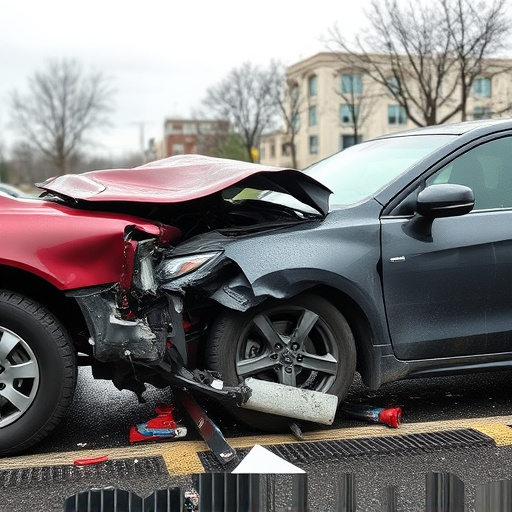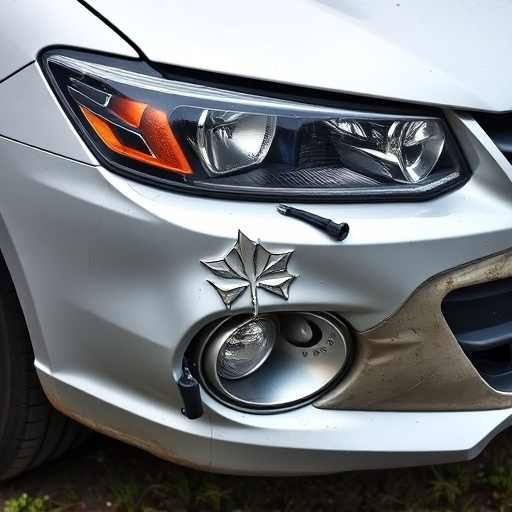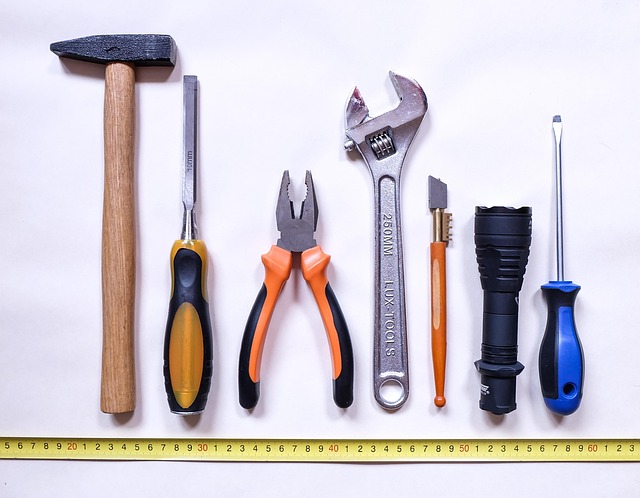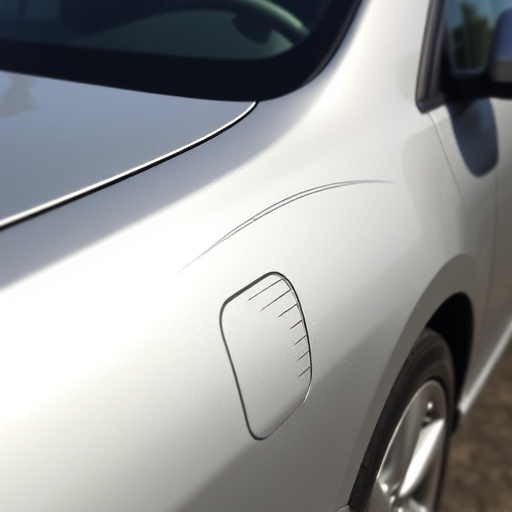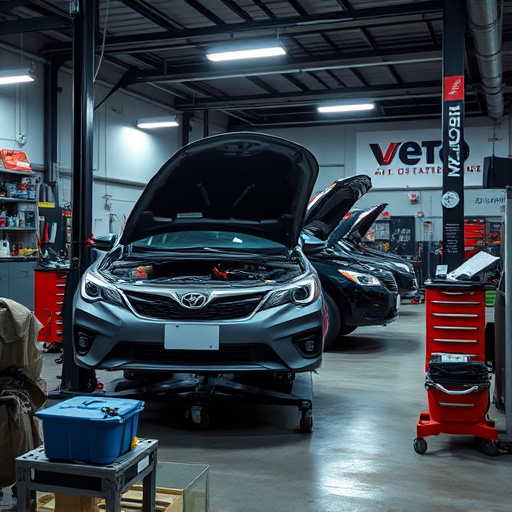Understanding your insurance policy for structural damage repair is crucial. Coverage varies widely between policies and providers, with some offering comprehensive protection while others have limitations or require add-ons. Always review your policy and consider consulting an agent to ensure adequate protection. Structural damage can stem from weather events, poor construction, or accidents, impacting walls, roofs, foundations, and frameworks, leading to substantial repair costs. Filing a claim involves assessing and documenting damage, understanding coverage, and submitting a comprehensive claim to your insurer for potential cost coverage.
“Uncover the potential financial protection offered by insurance policies for structural damage repairs. This comprehensive guide explores why such coverage is essential, especially given the unpredictable nature of environmental factors and accidental incidents that can cause significant structural harm.
We’ll delve into common causes of structural damage, from natural disasters to accidental breaches, highlighting their impact on homes and buildings. Additionally, this article will navigate the process of filing an insurance claim, providing a clear understanding of steps to take when seeking compensation for necessary repairs.”
- Understanding Coverage for Structural Damage Repair
- Common Causes of Structural Damage and Their Impact
- The Process of Filing an Insurance Claim for Structural Damage Repair
Understanding Coverage for Structural Damage Repair

When it comes to insurance coverage for structural damage repair, understanding your policy is paramount. Structural damage refers to the integral parts of a building or home that provide support and stability—walls, floors, roofs, and foundations. Most standard home or property insurance policies include some level of protection for these critical elements. This typically covers repairs resulting from events like accidents (such as a car crashing into a building), natural disasters (like earthquakes or storms), or gradual issues like water damage that leads to significant structural erosion.
However, the specifics can vary widely between policies and providers. Some insurance plans might offer comprehensive coverage for all structural repairs, while others may have limitations or require separate add-ons. For instance, while your policy might cover the cost of repairing or replacing a damaged roof due to storm damage, it might exclude coverage for vehicle bodywork that collides with your structure. Always review your policy documents and consider talking to an insurance agent to clarify what’s included in your structural damage repair coverage, ensuring you’re adequately protected against potential structural issues.
Common Causes of Structural Damage and Their Impact

Structural damage to a property can arise from various sources, each with its unique impact on the building’s integrity and safety. One of the most common causes is extreme weather conditions, such as heavy storms, hurricanes, or earthquakes, which can cause significant structural instability. For instance, high winds might rip off roofs or shatter windows, while intense shaking can lead to cracks in walls and foundations. These events often result in substantial repair costs, emphasizing the importance of having adequate insurance coverage for structural damage repair.
Another prevalent issue is poor construction or building code compliance, which can lead to long-term structural issues. Defective materials or improper building techniques might go unnoticed until they cause significant damage. For example, a faulty water heater could leak and compromise the integrity of walls and ceilings over time, necessitating costly repairs. Similarly, accidents like vehicle collisions can severely damage buildings, with the impact potentially extending beyond visible aesthetics to structural components like frameworks and columns, requiring both auto bodywork and structural damage repair.
The Process of Filing an Insurance Claim for Structural Damage Repair

When dealing with structural damage to your property, filing an insurance claim can be a crucial step in securing financial assistance for repairs. The process typically begins with assessing the extent of the damage and understanding what is covered under your specific policy. It’s important to document every detail—take photos and keep records of all costs incurred during the repair process.
Once prepared, file a claim with your insurance provider, providing them with comprehensive information about the incident leading to the structural damage. They may require an estimate from a qualified contractor specializing in structural repairs. After reviewing the evidence, the insurer will evaluate your claim, deciding whether it falls within their policy’s scope, potentially covering costs for repairs like replacing damaged walls, roofs, or foundations—similar to how an auto collision center handles auto body painting after an accident.
Many homeowners are unaware that their insurance policies can provide financial assistance for structural damage repairs, offering peace of mind in unforeseen circumstances. By understanding the coverage options and navigating the claims process effectively, you can ensure a smoother transition towards restoring your property to its pre-damage condition. With proactive knowledge and the right support, managing structural damage repair costs becomes more manageable, allowing you to focus on rebuilding and healing.

